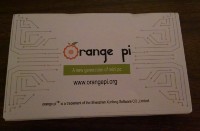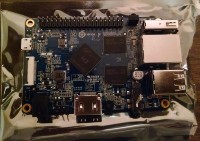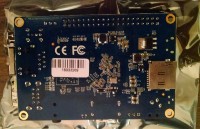TheLinuxBug
New Member
Oh yeah I remember these. Thanks mate!
BananaPi M1 is usually cheaper for the A20, while Olimex Boards are nice and open source, they are also a bit more expensive.
In the US you can order from Ameridroid for $34.95 + shipping without case and $40.90 + shipping w/ case.
The BananaPi provides the 1GB of ram as well as composite out header (if you were to need it) for less than the comparable A20-OlinuXIno-Lime2 (45.00 EUR + shipping) which lacks the composite output.
P.S. @wlanboy I had included a link to that exact article in my rant there, you just missed it cause its a link on the text 'here'
my 2 cents.
Cheers!
Last edited by a moderator:




